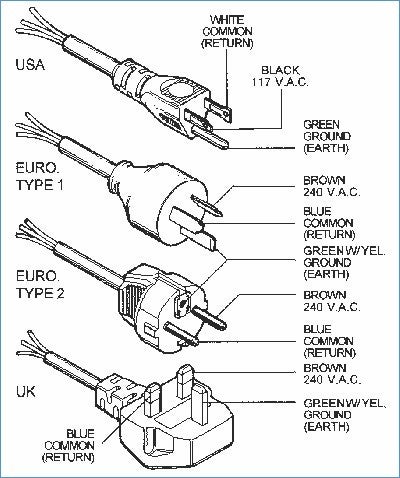 "davesaddiction @ opposite-lock.com" (davesaddiction)
"davesaddiction @ opposite-lock.com" (davesaddiction)
10/11/2018 at 17:21 ē Filed to: None
 0
0
 34
34
 "davesaddiction @ opposite-lock.com" (davesaddiction)
"davesaddiction @ opposite-lock.com" (davesaddiction)
10/11/2018 at 17:21 ē Filed to: None |  0 0
|  34 34 |
...if this photo really, really bothers you.
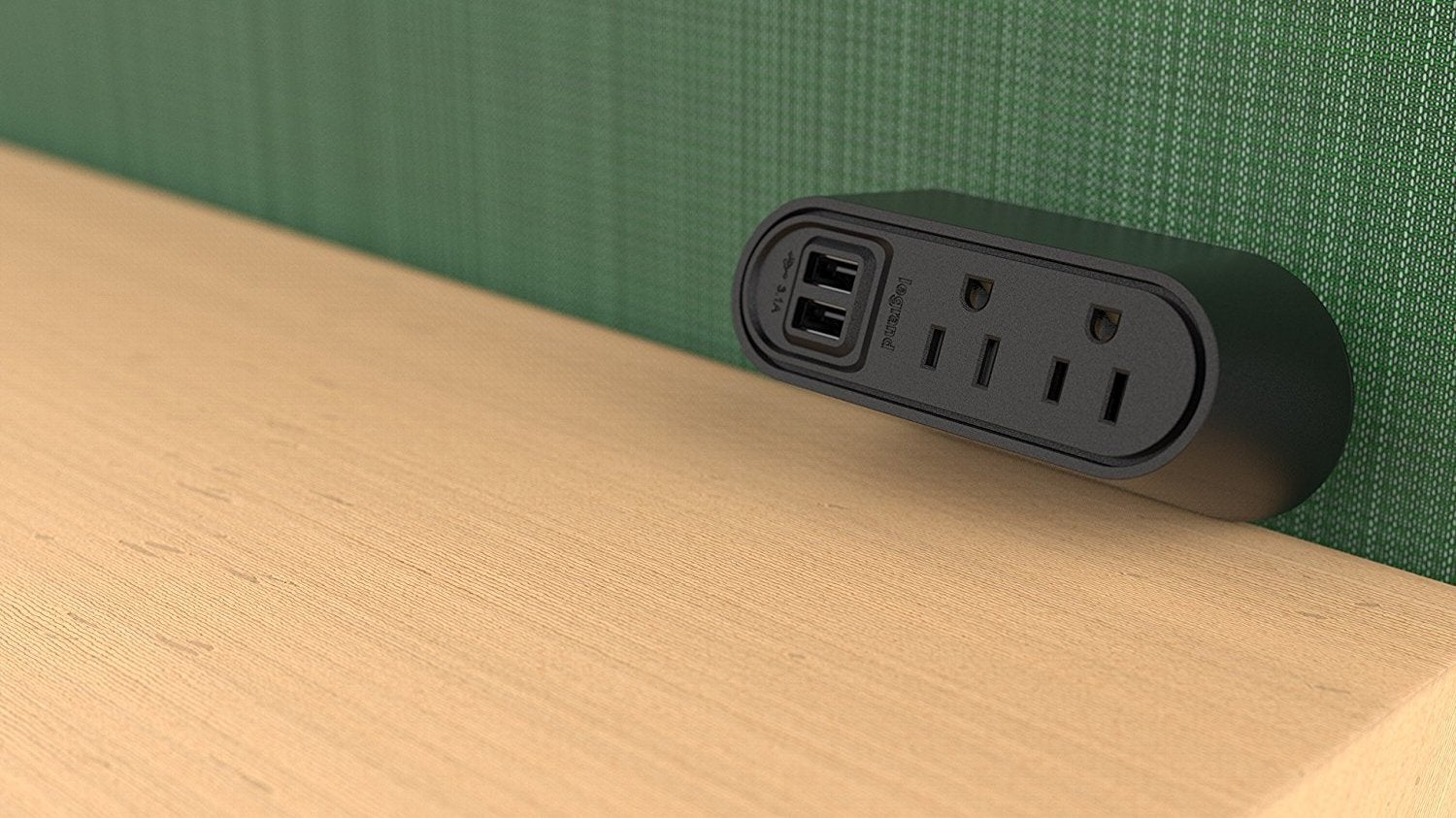
 davesaddiction @ opposite-lock.com
> davesaddiction @ opposite-lock.com
davesaddiction @ opposite-lock.com
> davesaddiction @ opposite-lock.com
10/11/2018 at 17:25 |
|
So, this is the way itís designed, and I get it (so big power blocks can actually be plugged in, I guess), but still...
https://www.amazon.com/Legrand-WMC220BK-Desktop-Mounted-Charging/dp/B0768R2JDG
 diplodicus forgot his password
> davesaddiction @ opposite-lock.com
diplodicus forgot his password
> davesaddiction @ opposite-lock.com
10/11/2018 at 17:29 |
|
According to Ave thatís the proper oreintation for all us outlets. That way if the plug isn't fully inserted and something falls it hits ground instead of shorting out hot and neutral.
 HammerheadFistpunch
> davesaddiction @ opposite-lock.com
HammerheadFistpunch
> davesaddiction @ opposite-lock.com
10/11/2018 at 17:29 |
|
I learned the other day that top ground is actually correct, bottom ground is less safe. This way if the plug isnít fully seated there is no chance something falling and bridging the hot and neutral .† This way it hits the ground first and does nothing.
 user314
> davesaddiction @ opposite-lock.com
user314
> davesaddiction @ opposite-lock.com
10/11/2018 at 17:30 |
|
I donít have OCD, I have CDO.
 TheTurbochargedSquirrel
> diplodicus forgot his password
TheTurbochargedSquirrel
> diplodicus forgot his password
10/11/2018 at 17:33 |
|
Yup, this is the way it is designed to be. In addition to reducing the likelihood of a live-neutral short it also prevents it from looking like a face which supposedly makes it less interesting to small children.
You know your outlet is poorly designed when there is a correct and incorrect mounting orientation.
 facw
> davesaddiction @ opposite-lock.com
facw
> davesaddiction @ opposite-lock.com
10/11/2018 at 17:34 |
|
My understanding is that commercial codes require outlets to be installed ground-up. Safer if something falls across a partially unplugged plug.
 davesaddiction @ opposite-lock.com
> HammerheadFistpunch
davesaddiction @ opposite-lock.com
> HammerheadFistpunch
10/11/2018 at 17:35 |
|
For real?! According to who ? Iíve never seen an outlet installed this way, anywhere.†
 HFV has no HFV. But somehow has 2 motorcycles
> davesaddiction @ opposite-lock.com
HFV has no HFV. But somehow has 2 motorcycles
> davesaddiction @ opposite-lock.com
10/11/2018 at 17:35 |
|
Like hammerhead said
This is actually the right way.†
 davesaddiction @ opposite-lock.com
> diplodicus forgot his password
davesaddiction @ opposite-lock.com
> diplodicus forgot his password
10/11/2018 at 17:36 |
|
Mind blown.
 Svend
> davesaddiction @ opposite-lock.com
Svend
> davesaddiction @ opposite-lock.com
10/11/2018 at 17:36 |
|
Doesn't bother me other than it it wouldn't work here in the U.K.†
 HammerheadFistpunch
> davesaddiction @ opposite-lock.com
HammerheadFistpunch
> davesaddiction @ opposite-lock.com
10/11/2018 at 17:37 |
|
most new installations, especially commercial will do it this way.
 RamblinRover Luxury-Yacht
> HammerheadFistpunch
RamblinRover Luxury-Yacht
> HammerheadFistpunch
10/11/2018 at 17:38 |
|
Well, itís correct for industrial NEMA 5, and has that in common with standard British plug arrangement. However, for whatever reason the other way was the standard for residential for time immemorial - to the point that a lot of two-prong devices such as night lights if made as polarized are ďupĒ in residential arrangement only.
It may be that it was originally the ďresidentialĒ way in standards books based on sheer whimsy and that the ďindustrialĒ way came about afterward, after somebody had been overthinking things.
 MonkeePuzzle
> davesaddiction @ opposite-lock.com
MonkeePuzzle
> davesaddiction @ opposite-lock.com
10/11/2018 at 17:40 |
|
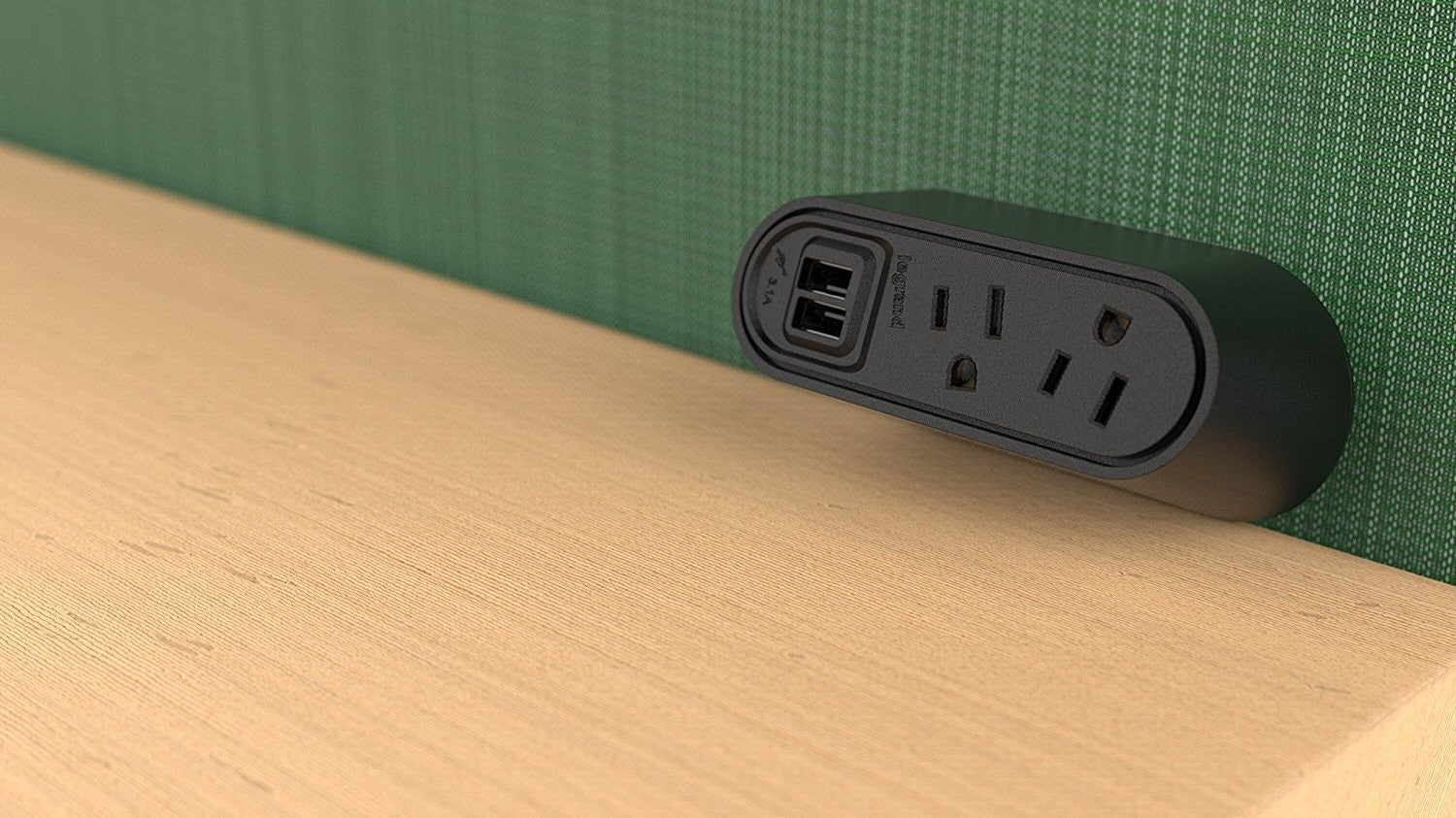
 davesaddiction @ opposite-lock.com
> HammerheadFistpunch
davesaddiction @ opposite-lock.com
> HammerheadFistpunch
10/11/2018 at 17:40 |
|
This honestly comes as a shock to me. Doesnít really make sense for the vast majority of big, heavy power blocks (cord extends down from where the ground is) - having it up gives a better chance of it falling out, getting pulled/kinked/tripped on.
 davesaddiction @ opposite-lock.com
> facw
davesaddiction @ opposite-lock.com
> facw
10/11/2018 at 17:41 |
|
What I just read from a quick search says it isnít defined in the code (maybe this is residential).
 davesaddiction @ opposite-lock.com
> MonkeePuzzle
davesaddiction @ opposite-lock.com
> MonkeePuzzle
10/11/2018 at 17:41 |
|
Better.
 davesaddiction @ opposite-lock.com
> HFV has no HFV. But somehow has 2 motorcycles
davesaddiction @ opposite-lock.com
> HFV has no HFV. But somehow has 2 motorcycles
10/11/2018 at 17:42 |
|
Shocking.
 user314
> MonkeePuzzle
user314
> MonkeePuzzle
10/11/2018 at 17:44 |
|

 TheTurbochargedSquirrel
> davesaddiction @ opposite-lock.com
TheTurbochargedSquirrel
> davesaddiction @ opposite-lock.com
10/11/2018 at 17:47 |
|
NECA 130 standards specify that outlets are to be installed ground up. Iím not sure if it is required for residential installations but commercial installations are all installed this way.
 Party-vi
> HammerheadFistpunch
Party-vi
> HammerheadFistpunch
10/11/2018 at 17:52 |
|
Iíve seen top ground installations used for switched outlets or dedicated circuits only. Weíre still installing them bottom ground on our renovation projects.
 lone_liberal
> HFV has no HFV. But somehow has 2 motorcycles
lone_liberal
> HFV has no HFV. But somehow has 2 motorcycles
10/11/2018 at 17:58 |
|
Thatís the way the outlets in our office are, and it bugged the crap out of me when we first moved in. Thatís when I found out that itís the correct way.†
 Urambo Tauro
> davesaddiction @ opposite-lock.com
Urambo Tauro
> davesaddiction @ opposite-lock.com
10/11/2018 at 18:03 |
|
I was under the impression that this orientation meant that the outlets were controlled via a nearby switch.
 Urambo Tauro
> HammerheadFistpunch
Urambo Tauro
> HammerheadFistpunch
10/11/2018 at 18:14 |
|
Thatís interesting. And it makes total sense.
Is that a new rule? Because these grounded transformer plugs come to mind. I think itís fair to say that theyíre designed for the w eight to be on the bottom. Canít say Iíve ever seen o ne with the ground on top, thou gh . Maybe this is just an outdated design, and I havenít come across any of the new ground-up ones yet?
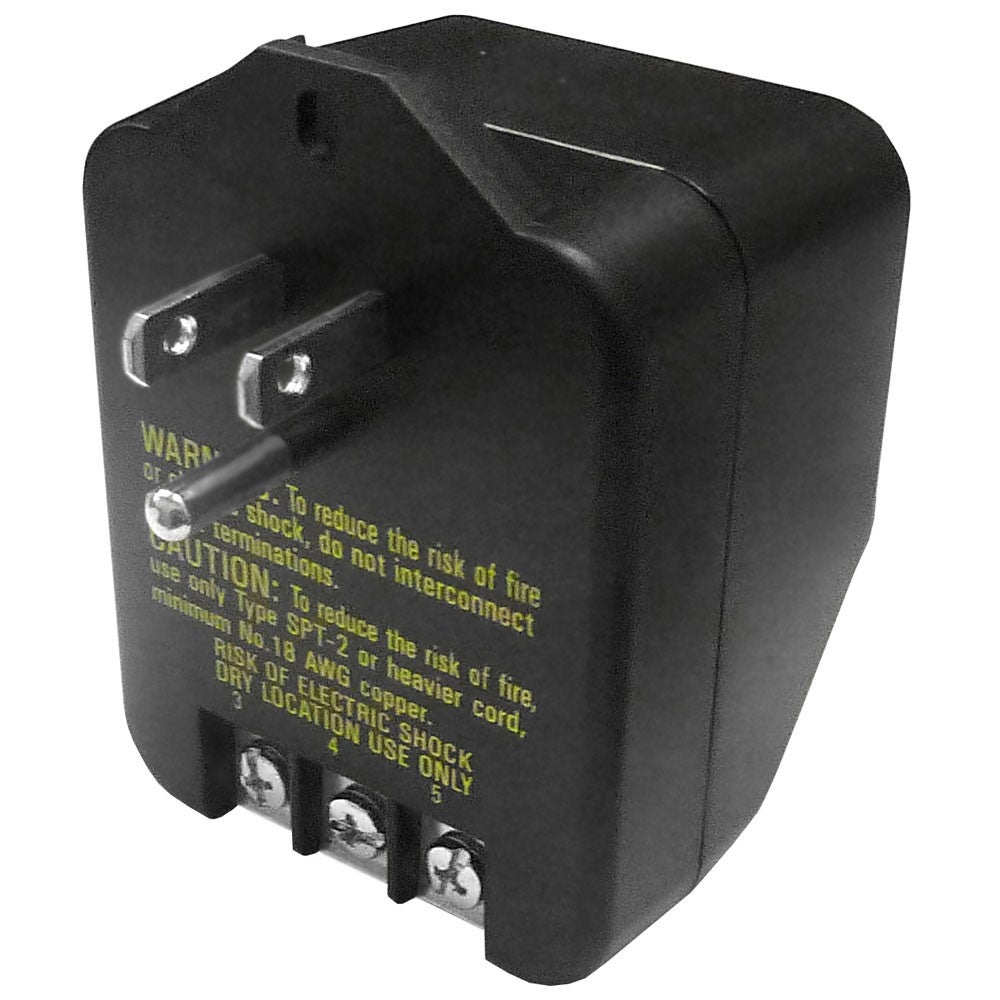
!!!error: Indecipherable SUB-paragraph formatting!!!
 Maxima Speed
> davesaddiction @ opposite-lock.com
Maxima Speed
> davesaddiction @ opposite-lock.com
10/11/2018 at 18:17 |
|
Iím confused, why it bother someone?
 Svend
> davesaddiction @ opposite-lock.com
Svend
> davesaddiction @ opposite-lock.com
10/11/2018 at 19:32 |
|
I didnít know there was such an issue on how your sockets were orientated though our earth is always at the top.
and the earths or our plugs are longer than the other two pins so the earth pin always comes out last.
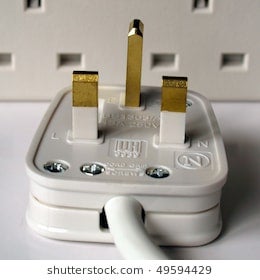
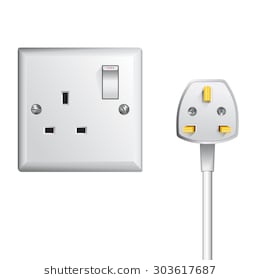
 davesaddiction @ opposite-lock.com
> Maxima Speed
davesaddiction @ opposite-lock.com
> Maxima Speed
10/11/2018 at 20:19 |
|
Bothers me because Iím so used to seeing them them installed† other way.
 davesaddiction @ opposite-lock.com
> Svend
davesaddiction @ opposite-lock.com
> Svend
10/11/2018 at 20:22 |
|
Our earth (ground) is longer as well, but I see them installed with the ground at the bottom much, much more often.†
 davesaddiction @ opposite-lock.com
> TheTurbochargedSquirrel
davesaddiction @ opposite-lock.com
> TheTurbochargedSquirrel
10/11/2018 at 20:22 |
|
Good to know!
 Svend
> davesaddiction @ opposite-lock.com
Svend
> davesaddiction @ opposite-lock.com
10/11/2018 at 20:37 |
|
Our ground pins serves another purpose of opening the Ďshuttersí to allow the other two pins in.
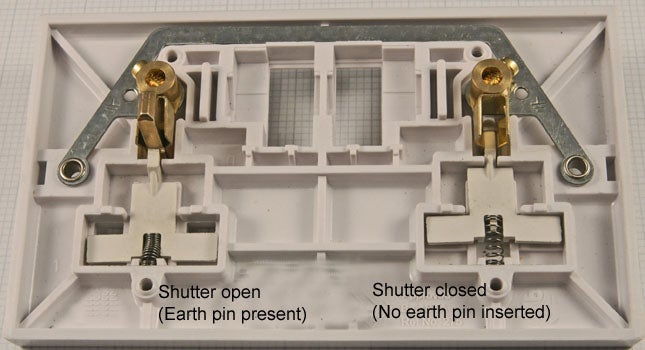
That wouldnít happen here as itíd never get signed off by building inspectors. The earth is at the top and the cable comes out the bottom of the plug.
Plugs are fused and the cable held in place but should the cable be pulled too hard, the earth wire is longer than the other two so as to come out last.
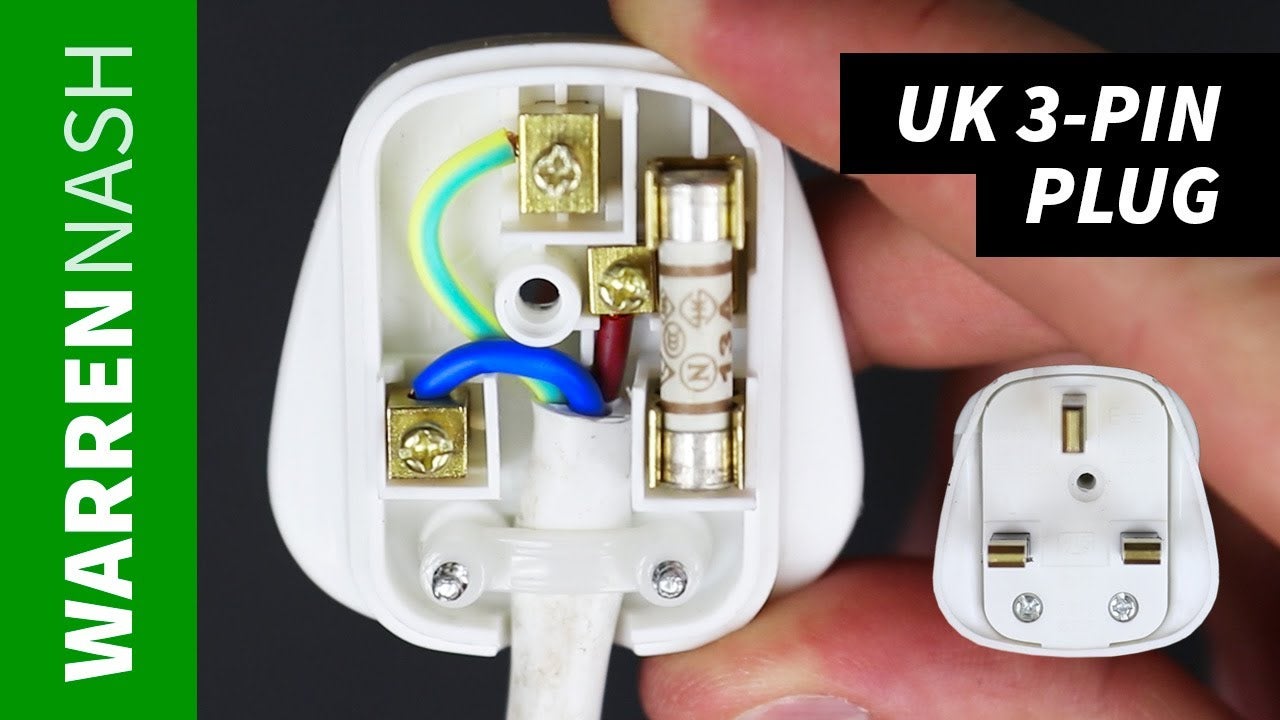
Also easy to remember how to wire a plug.
Yellow/Green stripe, earth, Green=earth,
BL ue, Bottom Left. Neutral
BR own, Bottom Right. Live wire, easy to remember, touch a live wire, youíll have a code brown moment.
 davesaddiction @ opposite-lock.com
> Svend
davesaddiction @ opposite-lock.com
> Svend
10/11/2018 at 21:36 |
|
Nice.†
 MiniGTI - now with XJ6
> Svend
MiniGTI - now with XJ6
> Svend
10/12/2018 at 14:02 |
|
Thanks, never seen this explanation before. Iíll remember it as I do occasionally have to deal with euro style power cords.†
 Svend
> MiniGTI - now with XJ6
Svend
> MiniGTI - now with XJ6
10/12/2018 at 14:10 |
|
Lol this type of plug is only used in the U.K. and Ireland as far as I'm aware in Europe. Some areas in Asia use it.†
 MiniGTI - now with XJ6
> Svend
MiniGTI - now with XJ6
> Svend
10/12/2018 at 20:25 |
|
Sure but Iíve seen the brown=hot, blue=neutral before on German stuff too, so that† must be a Euro thing.†
 Svend
> MiniGTI - now with XJ6
Svend
> MiniGTI - now with XJ6
10/12/2018 at 21:04 |
|
Hmmm, good point. Not really looked at other Euro plugs in depth before.
Looking it seems to be either the default or the new style replacing those of the past in many countries including South Africa.†
